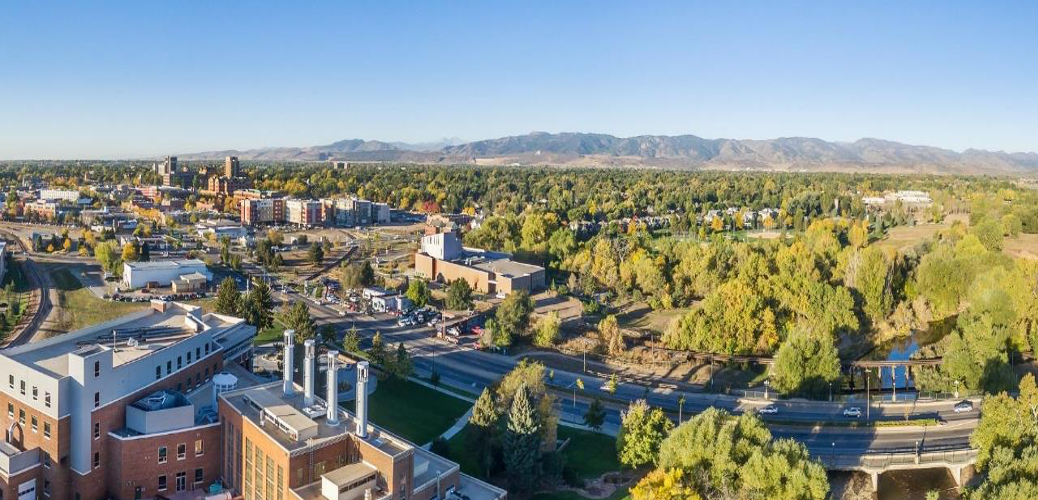Case Study Site: Fort Collins

Fort Collins, Colorado is a useful site for the study of interagency collaborations in environmental sustainability work for several reasons.
- The city (population 170,000) is the fourth largest in Colorado and is rapidly growing, encouraging a diverse variety of practitioners to confront questions of environmental sustainability with the increasing population and distending urban sprawl into surrounding natural areas.
- Fort Collins consistently ranks on the list of the top thirty US cities for worst air quality due to air pollution from the I-25 transit corridor and proximity to the state’s most densely concentrated oil and gas production area, Weld County.
- Fort Collins has largely embraced progressive climate action on both the citizen and governance fronts, meaning that a large amount of environmental sustainability-related work takes place here.
- Fort Collins hosts a number of federal bureaus and a large Tier 1 research and land grant university (Colorado State University) in addition to the usual array of local governance, non-profit, and for-profit entities that are typical to cities.
The presence of multiple sectors that all have an interest in questions of environmental sustainability makes for a robust field of study of interagency collaboration.